ASTM D1894 Test Fixture
ASTM D1894 covers determination of the coefficients of starting and sliding friction of plastic film and sheeting
Please Contact With Us For More Information
- Description
- Reviews (0)
- TECHNICAL SPECIFICATIONS
Description
Description
ASTM D1894 – Standard Test Method for
Static and Kinetic Coefficients of Friction of Plastic Film and Sheeting
ASTM D1894 covers determination of the coefficients of starting and sliding friction of plastic film and sheeting when sliding over itself or other substances
at specified test conditions.
The procedure permits the use of a stationary sled with a moving plane, or a moving sled with a stationary plane.
Both procedures yield the same coefficients of friction values for a given sample.
Test data obtained by this test method is relevant and appropriate for use in engineering design.
As an option to this test, coefficient of friction may be run at temperatures other than 23°C by heating only the plane while the sled is at ambient temperature.
ASTM D1894 / Apparatus
ASTM D1894 / Sled
A metal block 63.5-mm (21⁄2-in.) square by approximately 6-mm (0.25-in.) thick with a suitable eye screw fastened in one end.
When a flexible film (see 6.2) is to be attached, the block shall be wrapped with a sponge rubber 63.5 mm (2 1⁄2 in.) in width and 3.2 mm (1⁄8 in.) in thickness.
The foam shall be flexible, smooth-faced, and have a nominal density of 0.25 g/cm3 when measured in accordance with the Density Test of Methods
ASTM D3574.
The pressure required to compress the foam 25 % shall be 85 ± 15 kPa (12.5 ± 2.5 psi).
The foam shall also have a high hysteresis when deformed.
The rubber shall be wrapped snugly around the sled and held in place against the bottom and top of the sled with double-faced masking tape.
When a sheet is to be attached, double-faced tape shall be used to attach the specimen.
The total weight of the (wrapped) sled and specimen shall be 200 ± 5 g.
NOTE 3—Round-robin testing has shown that the physical properties of the backing can drastically affect both the coefficient of friction and stick-slip
behavior of the film.
ASTM D1894 / Plane—A polished plastic, wood, or metal sheet,7 approximately 150 by 300 by 1 mm (6 by 12 by 0.040 in.).
A smooth, flat piece of glass may cover the upper surface of the plane. This provides a smooth support for the specimen.
When it is desirable to run tests at temperatures above 23°C, a heating unit shall be provided that is capable of maintaining the temperature of
the plane within 62°C of the desired temperature.
The temperature should be maintained within 62°C of the desired temperature over the entire traverse of the sled (that is, over the full surface of the plane).
NOTE 4—If the equipment has a plane with a heater, a cover may be used to help maintain the temperature of the plane within 62°C of the desired temperature.
Scissors or Cutter, suitable for cutting specimens to the desired dimensions.
Adhesive Tape, cellophane or pressure-sensitive.
Adhesive Tape, double-faced.
Nylon Monofilament, having a 0.33 ±0.05-mm (0.013 ± 0.002-in.) diameter and capable of supporting a 3.6-kg (8-lb) load.
Beaded Chain, flexible metal cable, or equivalent, having a spring rate no less than 600 lbs per inch of stretch per inch of length (40 lbs/in. (7000 N/m)
for a 15-in. chain) in the range of 50 to 150 g of tension (such as beaded lampswitch pull chain).
ASTM D1894 / Low-Friction Pulleys—Aphenolic type pulley mounted in hardened steel cone bearings on a metal fork. A ball-bearing type pulley may also
be used.
ASTM D1894 / Force-Measuring Device, capable of measuring the frictional force to 65 % of its value. A spring gauge8,5 (see Note 5) universal testing machine,
or strain gauge may be used.
NOTE 5—The capacity of the spring gauge needed will depend upon the range of values to be measured.
For most plastic, a 500-g capacity gauge with 10-g or smaller subdivisions will be satisfactory.
This spring will measure coefficients of friction up to and including 2.5.
ASTM D1894 /Supporting Base—A smooth wood or metal base approximately 200 by 380 mm (8 by 15 in.) is necessary to support the plane.
The supporting base may be a simple rectangular box.
If a universal testing machine is used to pull a moving plane, a supporting base of sufficient structural strength and rigidity to maintain a firm position between
the moving crosshead and the force-measuring device will be necessary.
ASTM D1894 / Driving or Pulling Device for Sled or Plane—The plane may be pulled by a driven pair of rubber-coated rolls not less than 200 mm (8 in.) long, capable of
maintaining a uniform surface speed 150 ± 30 mm/min (0.5 6±0.1 ft/min) , by the crosshead of a universal testing machine (see Note 6), or a worm drive driven
with a synchronous motor
A constant-speed chain drive system has also been found satisfactory.
A power-operated source may be used for pulling the sled over the horizontally-mounted specimen at a uniform speed of 150 ± 30 mm/min (0.5 ± 0.1 ft/min).
A universal testing machine equipped with a load cell in its upper crosshead and a constant rate-of-motion lower crosshead has been found satisfactory
NOTE 6—Where the moving crosshead of a universal testing machine is used to pull the moving plane through a pulley system, the strain gauge load cell, or other
load-sensing instrument in the testing machine, acts as the force-measuring device.
*** Before conducting ASTM D1894 , it is important to read the entire specification. Standards can be obtained from appropriate standard authorities.
***PARSROS offers several types of grips and fixtures which will enable you to perform a variety of tests
that are accurate and repeatable.
Reviews (0)
Be the first to review “ASTM D1894 Test Fixture”
You must be logged in to post a review.
TECHNICAL SPECIFICATIONS
Please Contact with our engineers so that we can find and offer Best Universal Tensile Test Machines , Grips , Jaws and Other Accessories for your operations




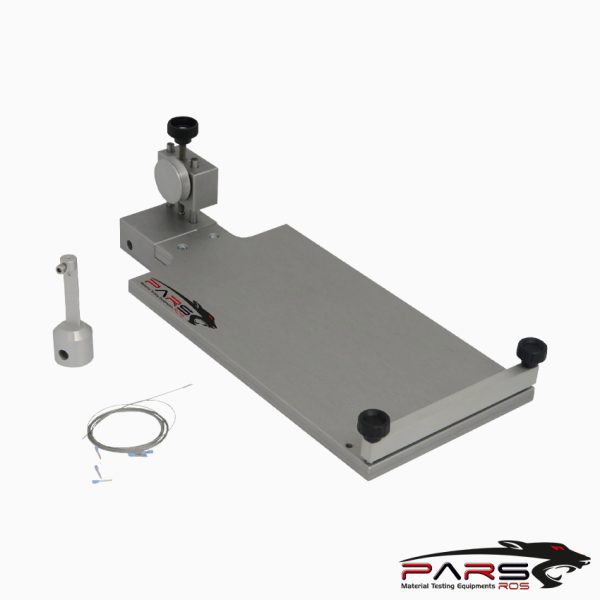



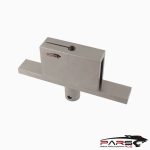


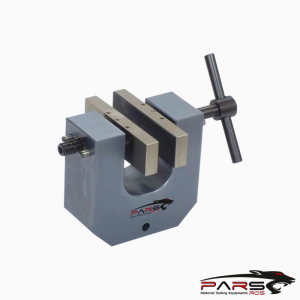






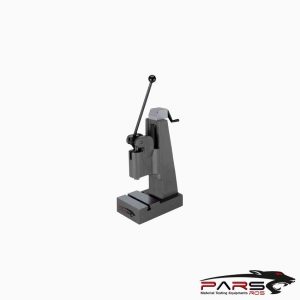




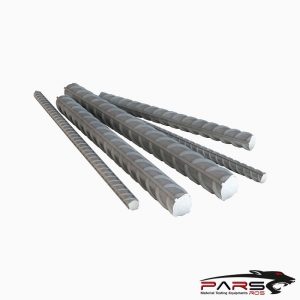
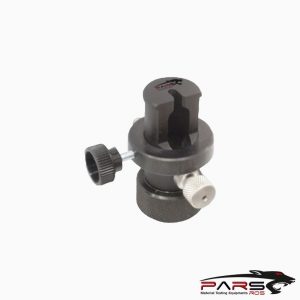


Reviews
There are no reviews yet.